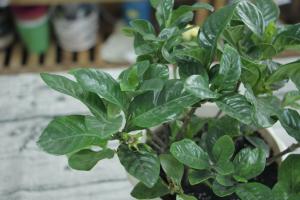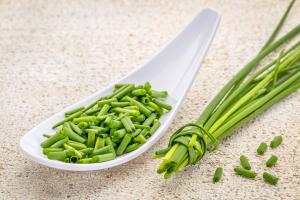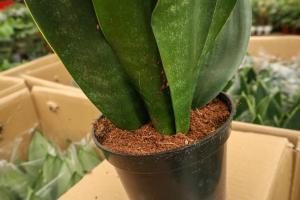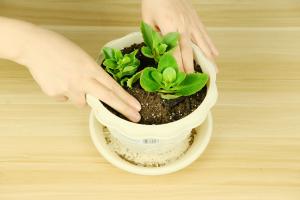Will Shrimp Plants Survive in Pots?
If you're looking to add some beautiful greenery to your home or office, shrimp plants can be a great choice. These tropical wonders are known for their colorful leaves, unique flower spikes, and relative ease of care. But, can they survive in pots? Let's dive into the details and find out.
Why Potting Matters for Shrimp Plants
First, it's important to understand the basics of shrimp plant care. These plants are native to warm, humid environments, so they prefer well-draining soil that stays moist but not waterlogged. They also need bright, indirect sunlight to thrive. When grown in pots, these conditions can be a bit harder to achieve compared to outdoor plantings or greenhouse cultivation.
However, shrimp plants are still possible to grow in containers with some attention and effort. In fact, growing them in pots can be advantageous for several reasons:
Easy to move around or bring indoors during colder weather or stormy conditions
Less affected by pests and diseases common to ground-level plantings
Offer a convenient way to showcase shrimp plants and their unique features as part of your home decor
Tips for Growing Shrimp Plants in Pots
When growing shrimp plants in pots, consider the following tips:
Choose a pot that fits the plant size and allows for adequate drainage. Shrimp plants are relatively small, so they typically do well in 4- to 6-inch containers, though larger options can be used as well.
Use a quality potting mix that includes perlite or vermiculite for improved drainage. Avoid heavy or compacted soils that can lead to root rot, fungal growth, or other issues.
Place the pot in a spot that receives bright, indirect sunlight for at least six hours per day. A south-facing window or sunroom is an ideal location if available.
Water the plant regularly, keeping the soil moist but not excessively wet. Too much water can drown the roots or encourage mold and mildew growth.
Fertilize the plant every 2-3 weeks during the growing season (spring and summer) with a balanced liquid fertilizer diluted to half strength.
Watch for signs of stress such as yellowing leaves, wilting, or pest infestations. Take action promptly to address any issues before they become severe.
Conclusion
So, can shrimp plants survive in pots? The answer is yes, with proper care and attention. By selecting a suitable container, using high-quality soil, providing adequate lighting, and watering and fertilizing regularly, you can enjoy these beautiful plants as a part of your indoor or outdoor decor. So go ahead and give shrimp plants a try in your container garden or plant collection. With a little effort, you'll be rewarded with gorgeous foliage and striking blooms.

 how many times do yo...
how many times do yo... how many planted tre...
how many planted tre... how many pine trees ...
how many pine trees ... how many pecan trees...
how many pecan trees... how many plants comp...
how many plants comp... how many plants can ...
how many plants can ... how many plants and ...
how many plants and ... how many pepper plan...
how many pepper plan...
































